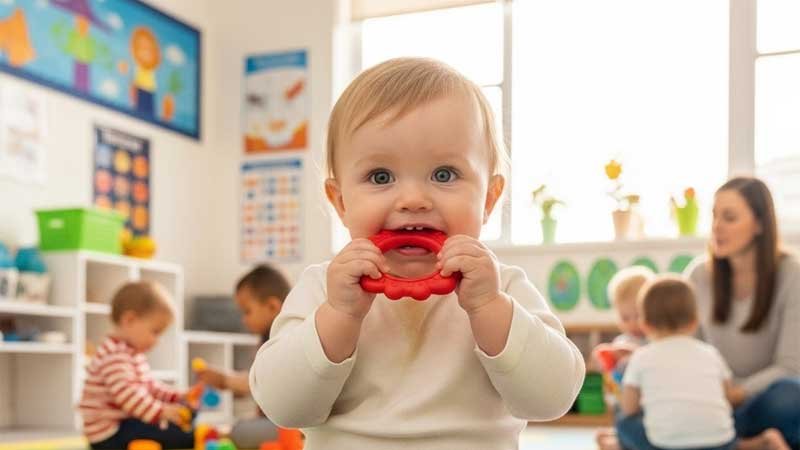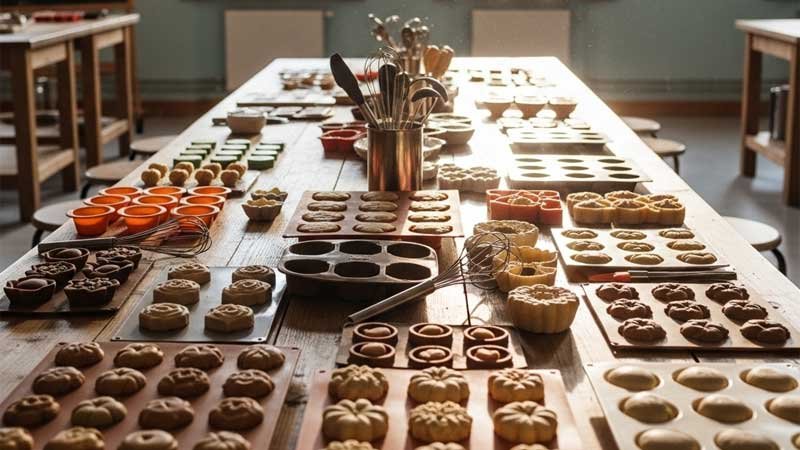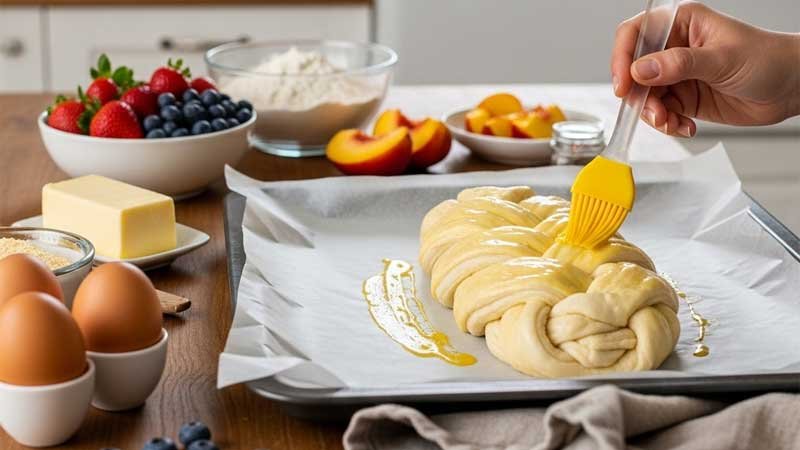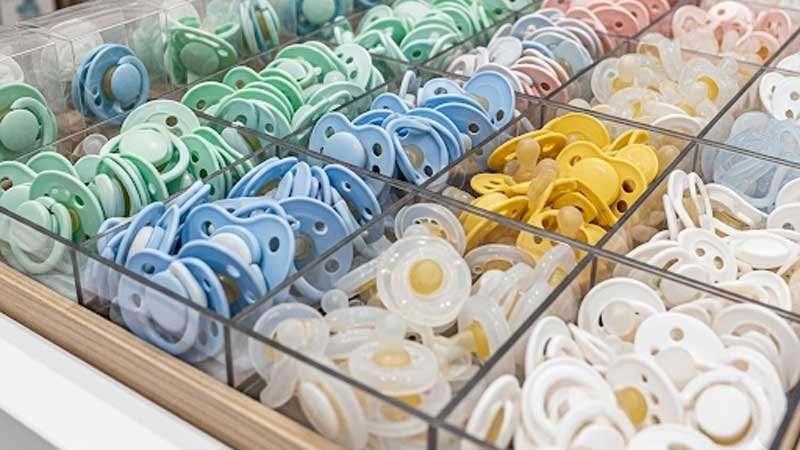In everyday life, silicone products have become increasingly common. From kitchen tools and baby items to industrial seals and electronic parts, silicone is used almost everywhere. China is now one of the world’s largest silicone producers, with a strong presence in global markets. Yet, many people still wonder: Is silicone made in China really reliable and safe to use?
This article looks at the topic from several angles: raw materials, production processes, manufacturer qualifications, testing standards, and regulatory compliance. It also offers practical tips for buying and using Chinese silicone products.

Why Do Consumers and Businesses Worry About Chinese Silicone?
China’s silicone industry has grown rapidly over the past 20 years, leading the world in both production and exports. But this fast growth has also raised some concerns.
The most direct issue is material safety. If the raw material lacks purity or contains unverified fillers and catalysts, silicone products—especially those used for food contact or baby care—may pose health risks.
Another concern is product consistency. Differences between manufacturers, or even between batches, can lead to variations in hardness, elasticity, or heat resistance. These affect product performance and lifespan.
Businesses are also highly concerned about compliance with export regulations. The U.S. and Europe have strict requirements for silicone products. If Chinese products fail to meet those standards, companies may face blocked sales or product recalls.
These concerns are understandable. However, with proper evaluation and by choosing qualified manufacturers, it is entirely possible to secure safe and reliable silicone from China.
What Are the Common Misconceptions About Chinese Silicone?
There are many stereotypes, such as “Chinese silicone must be low quality” or “a cheap price means it isn’t safe.” These ideas are not completely true.
China has many well-established producers that use advanced manufacturing technology and strong quality management systems. In fact, many silicone products made in China are exported to Europe and the U.S., matching or even surpassing well-known international brands.
Lower costs also do not necessarily mean poor materials. They often come from economies of scale and efficient supply chains. While smaller factories may lack certifications, reliable manufacturers can provide FDA, EU, or ISO approval documents.
Most misconceptions come from limited information or isolated bad cases. The key is to carefully check the manufacturer’s qualifications and certifications instead of making assumptions.

What Types of Silicone and Manufacturing Methods Are Used in China?
Material Types
Chinese producers mainly supply three types of silicone: liquid silicone rubber (LSR), high-temperature vulcanized silicone (HTV), and room-temperature vulcanized silicone (RTV).
- LSR works well with injection molding. It produces smooth surfaces, withstands high heat, and is widely used for baby nipples and baking molds.
- HTV offers strong mechanical properties and is commonly used in molding and extrusion for industrial seals and keypads.
- RTV cures at room temperature. It is flexible and easy to handle, often used for molds, seals, and soft decorative parts.
Each type has different chemical stability, elasticity, and temperature resistance, which makes them reliable for specific applications.
Production Methods
The production method also affects product quality.
- Injection molding (LIM) produces complex shapes with smooth surfaces and consistent results. It works best for large-scale production, though mold costs are high.
- Compression molding is efficient for mid-to-large products but less suited for highly complex designs.
- Extrusion and RTV curing are ideal for continuous products like tubes and seals. However, more complex shapes may require secondary processing.
By understanding both material types and production methods, buyers can better judge the safety and reliability of silicone products made in China.

How to Choose Reliable Chinese Silicone Manufacturers and Products?
Choosing the right manufacturer and product is the key to ensuring the quality of Chinese silicone.
The first step is to look at manufacturer qualifications and certifications. A trustworthy manufacturer usually has ISO certification, factory licenses, and export qualifications. They also operate under a mature production management system, which helps maintain consistency between batches.
The second step is to check product testing and certifications. Independent labs can test for heavy metals, migration levels, heat resistance, and chemical resistance. Documents such as FDA, EU, or domestic certificates prove compliance with international or local standards. It is also wise to request small-batch samples before large-scale purchasing, so you can observe performance and user experience directly.
Another point is to match material to application. Food-contact and baby products need safe chemistry, flexibility, and high heat resistance. Industrial products, on the other hand, should focus on wear resistance, low- and high-temperature performance, and chemical stability.
Finally, building a long-term partnership and supply chain management is equally important. A reliable supplier ensures consistent product quality in future orders and provides timely technical support and after-sales service.
How to Evaluate the Safety of Chinese Silicone?
Evaluating silicone safety requires looking at three areas: chemical composition, physical properties, and real-world application.
From the chemical side, heavy metal content and migration levels must stay within limits. This is especially critical for food-contact and baby items.
Physical properties include heat resistance, elasticity, tear strength, and aging resistance. These factors directly affect product lifespan and user experience. For example, a silicone baking mold must endure high oven temperatures without deforming or releasing harmful substances.
Based on application, the following indicators are helpful:
| Application | Key Performance Indicators |
| Food-contact | Heavy metals, migration, heat resistance |
| Baby products | Toxicity, flexibility, tear resistance |
| Medical use | Sterility, chemical resistance, stability |
| Industrial | Wear resistance, temperature range, chemical resistance |
Through scientific testing and proper use, Chinese silicone can perform safely and reliably in all these areas.

What Regulations and Certifications Apply to Chinese Silicone?
To ensure safety, silicone made in China must meet both domestic and international standards when used for exports or special applications. Domestic standards include GB/T 16886 for medical-grade silicone and GB 4806 for food-contact materials. These guarantee baseline safety.
On the international side, FDA 21 CFR 177.2600 (food-contact) and EU 10/2011 (food-contact materials) are often required for access to Western markets. Reputable manufacturers usually provide complete certification reports, which assure buyers that the products meet all requirements.
Conclusion
When considering material types, production methods, manufacturer qualifications, testing standards, application needs, and regulations, the conclusion is clear: Chinese silicone can be safe and reliable, provided it comes from certified manufacturers and meets standard requirements.
The key takeaways are:
- Do not judge quality only by origin or price. Check certifications and test reports.
- Evaluate the manufacturer’s qualifications and production management system.
- Choose the right material and process according to the intended use.
- Build long-term partnerships with trusted suppliers to ensure batch consistency and secure after-sales support.
With the right choices and proper usage, Chinese silicone can meet the demands of kitchens, baby products, medical equipment, and industrial seals. It offers safe, reliable, and consistent performance across a wide range of applications.
If you are looking for safe and high-quality silicone products, the key is to choose a manufacturer that values certification, testing, and long-term reliability. At RuiYang Silicone, we focus on food-grade, medical-grade, and industrial-grade solutions that meet international standards.
Whether you need custom kitchenware, baby products, or industrial components, our team provides strict quality control, competitive pricing, and flexible customization services.
Contact us today to discuss your project and get a free consultation. Together, we can turn your ideas into safe and reliable silicone products.